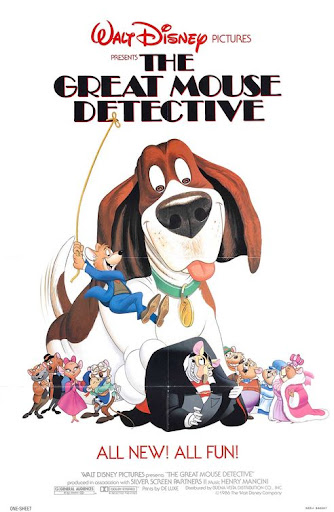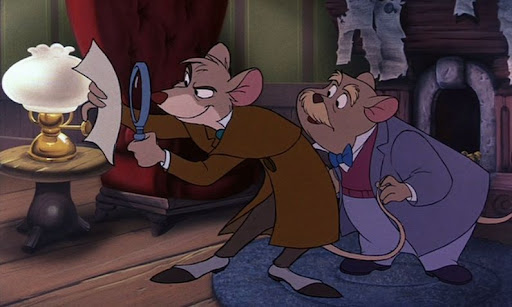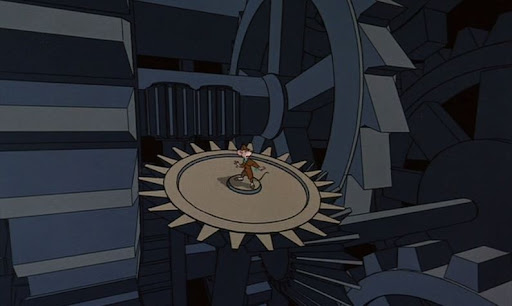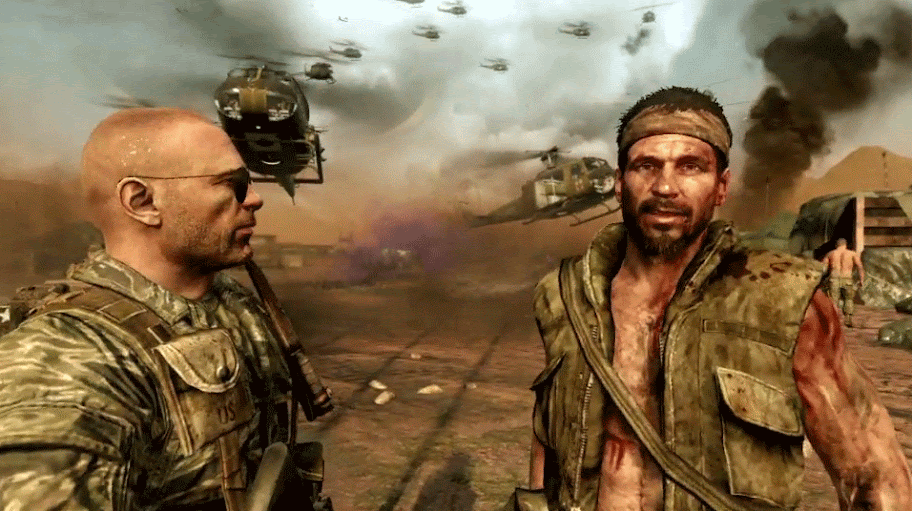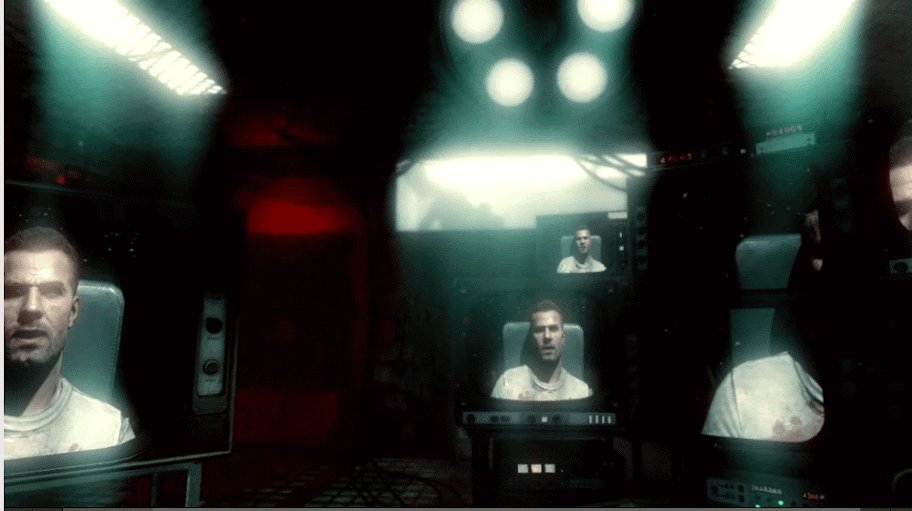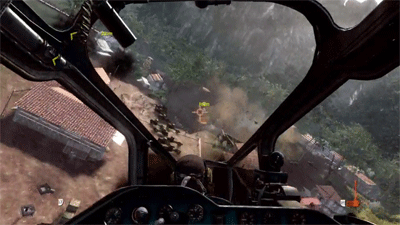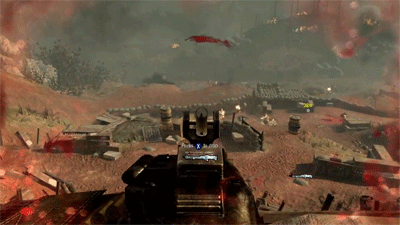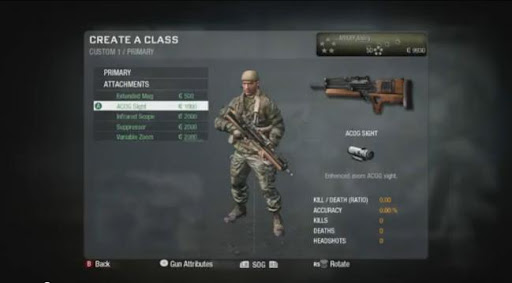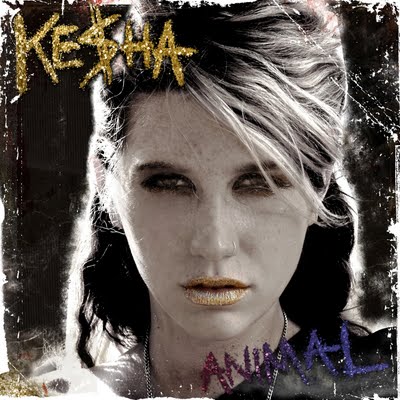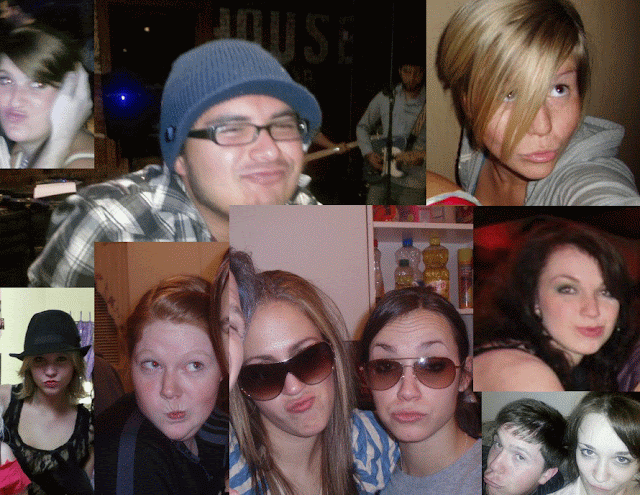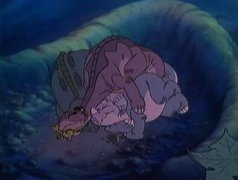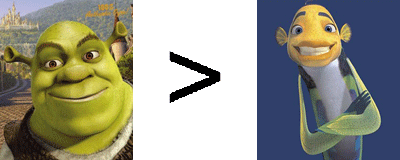Thanksgiving has come and gone, and now it's a regular ol' weekend. The weekend is not without merit, though; I'm visiting my Jordyn and Nicole's place in Helena, had an excellent DIY Thanksgiving dinner, and got to see Tangled (spoiler alert: it's good). Now I'm watching Star Wars Episode II: Attack and the Clones, and contemplating writing something. Unfortunately, now's not the best time for insightful posting—the movie is distracting me from cohesive thought, and I'm not sure if my opinions on my new media experiences are fully-formed enough to make for a worthwhile post.
This however, doesn't mean that the bit of text you're looking at now is entirely without merit. Old-school readers will remember my vow to share my occasional mix-CDs with the world, and my lapse in compelling original material gives me a grand opportunity to share the exceptionally belated Fall '10 edition of my Testermix series. True, I originally made this mix around early/mid-October, but it's new to you, right?!
This was created at a time when I was rediscovering 80's rock tunes at a mean rate, due in part to the classic rock station that we listen to here in Helena (it's the most consistent of the radio stations around here). We also hit up some old haunts, with some artists making their third appearance in my series (Lady GaGa and Ke$ha have three so far, and Hey Monday come back for another go; Taylor Swift makes an official appearance, in contrast to the inclusion of Thug Story on the Summer Starter mix).
The Tony Hawk's Pro Skater series continues to loan me playlist suggestions (The Suicide Machines and Goldfinger made an appearance on THPS1 for the Playstation), and a few songs from my "Chuck"-watching phase (Huey Lewis & the News and Rush). The novelty songs that were merely side story in previous mixes get a full-on chapter in this entry, with South Park, The Geto Boys, and The Talking Heads all getting their turn. I also didn't know how to end this one, so I thought a little Frank Sinatra would cap things off nicely.
1. Life on Repeat – "Party in the USA"
For a few years now, I have been a fan of wack song covers. That is, I enjoy songs when they are covered by bands that are not necessarily the most appropriate choices (the Punk Goes... series of compilations is a good example of this, though not necessarily with good results). I discovered this song when I was on YouTube looking for some wack cover or other (probably a melodic hardcore version of "Heartless" by Kanye West or something). Life on Repeat is a great juxtaposition of pop punk melodic tendencies and hardcore instrumentations (think Four Year Strong, but simultaneously softer and harder), and "Party in the USA" brings back pleasant memories from my last year of college..
2. Antoine Dodson – "Bed Intruder Song"
What can be said about this song that hasn't already? This odd but deliriously catchy entry in the Autotune The News canon was first brought to my attention by someone who I follow on Twitter, and I listened to it 7 or 8 times the first day I heard it. RiDICulous.
3. Lady GaGa and Beyonce – "Telephone"
This song is actually a quasi-leftover from my Summer '10 mix; I wasn't sure which Lady GaGa song to put on the mix, and ended up coin-flipping it ("Alejandro" ended up making that one, which was more reflected of its chart presence anyways). "Telephone" still gets me energized to this day; something about the driving rhythms and stuttered "Me-e-e-e" chorus just grabs my ear and refuses to let go.
4. Hey Monday – "Wondergirl"
My love affair with Hey Monday has been well documented, and this one is my favorite track from their new EP, Beneath It All. As I mentioned in my entry on it, I find the lyrical themes to be really interesting and pertinent with some of my life experiences, and the fact that this sucker is a catchy son-of-a-gun is a great other-reason to like it.
5. Taylor Swift – "Better Than Revenge"
Oh boy. This little number was first introduced to me by my friend Jordyn, whose more-than-passing interest in Taylor Swift has also been well-documented. She was pumped about the pre-release of her new album, Speak Now, and sneaking listens of some songs that had been leaked to YouTube. I'm not sure if she was playing them at random or what the deal was, but she ended up playing this county-by-way-of-pop-punk gem. And what happened then? Well, in Helena they say that Jordyn's music e-cock grew three sizes that day, for I was immediately crushing on this song (pretensions to being cool be damned, this is one catchy ditty).
6. .38 Special – "Caught Up In You"
Speaking of wack covers, this song was recently covered by We The Kings on the newest Punk Goes... compilation, Punk Goes Classic Rock. This comp features covers that, while faithful, are rather unimaginative and bland, causing one to ask why they don't listen to the regular one in the first place (in fact, the only worthwhile cover is Pierce The Veil's harder, more-aggressive cover of "Don't Fear The Reaper"). This is exactly what happened with me, and I discovered that I liked the .38 Special version more, if only because it brings back fuzzy memories of my classic rock-loving roommate from my junior year.
7. The Outfield – "Your Love"
This song is also featured on the underwhelming comp from above. My first experience with this classic, though, comes only a scant four years ago. You see, as I keep telling you, I was a child of the 90's, and I listened to 90's music. Or rather, I would have if I actually liked it. But I didn't. Oh no. I had absolutely no affinity for Pearl Jam, Boyz 2 Men, Wreckx-n-Effect, or any of that junk, so I stayed away from dabbling into very much music (seriously). When I came to college, though, I remember being at rehearsal for a play, and the cast singing along to songs clearly well-known by them and clearly un-well-known by me; one of these ended up being "Don't Stop Believing" by Journey and the other was "Your Love." I'm glad I'm more cultured nowadays, if only I don't have to suffer another "you've never heard this before?!" brand of ignorance on that scale.
8. Scorpions – No One Like You
Scorpions have been familiar to me for some time now, though mostly in passing familiarity; Guitar Hero III had "Rock You Like a Hurricane" on it, and SSX: On Tour had "Dynamite." My real exposure to this song came from the classic rock station I mentioned above, during the Greg Kihn Show, which has the best repository of Getting High In A Van songs this side of the Mississippi (Queen. Ba dump tish). Scorpions scratch a musical itch that most hair metal scratches for me--music that is patently ridiculous, but it played with such a straight face that I can't help but appreciate it.
9. Dio – "Holy Diver"
This is the other side of the Ridiculous Metal coin. Scorpions play huge songs that are unabashedly about having sex. Dio (RIP) plays songs about... well, I don't even know; lyrics such as "Ride the tiger / you can see his stripes, but you know he's clean / Oh, don't you see what I mean" are about as indicative to the song's meaning as cloud-shapes are to the decision-making processes of the Carter Administration. But doggonit I love this song. My fire for it reached an all-time high when I rented this terrible, horrible, no-good, very bad, and exceptionally homoerotic movie called The Land of Faraway, which I only rented because the VHS case looked absolutely hilarious and like something out of Brütal Legend. Hence my metal connection: I thought it was going to look like "Holy Diver" sounded. No dice.
10. The Suicide Machines – "New Girl"
This track has a bit of history behind it--not only is it one of my favorite jams from Tony Hawk's Pro Skater, it also was a part of one of my first mix CDs. That's right, ten years later, I'm still rocking the suicide machines on my compilations. The last time it graced a mix, it was because I asked my friend Regi to download it from Napster (along with several other songs), and I listened to the CD while playing The Legend of Zelda: Majora's Mask. Still good after all these years.
11. Goldfinger – "Superman"
This one came right after The Suicide Machines on Tony Hawk. It was similarly positioned in my old mix. Not much more to say =/
12. The Geto Boys – "Still"
You may remember this as the song that plays during the movie Office Space while Peter, Michael, and Samir beat up the copying machine. "Still" is so incredibly over-the-top in its violent subject matter that, coupled with the aforementioned machine-beating images, it comes off as more a hilarious novelty that also works as music (The Lonely Island does something similar, though in less ironic).
13. Rush – "Tom Sawyer"
My first taste of this, like so many other classic rock songs, came from Rock Band (an "As made famous by" version, no less). It came back into my life during my recent "Chuck"-watching stint, with its placement in the season two episode "Chuck Versus Tom Sawyer." What can I say, besides "Dana nana nana, naaa nanana nana."
14. Ke$ha – "Stephen"
Out of all the Ke$ha songs that I enjoy, this one is the biggest head-scratcher. It has an off-kilter, sing-song beat, and the lyrics are the stuff that evil girls are made of, but it's nothing terribly special. I think the appeal is this: my middle name is Stephen (with the "ph" and everything), so it's more of the novelty of being name-checked than anything else.
15 The Ready Set – "Love Like Woe"
Two things I enjoy finally come together: pop punk and that JR guy who produced Jason Derulo's "Whatcha Say." The rest is history, or at least less interesting to read about than it would seem.
16. Shakira – "She Wolf"
My main memory of this song was when my friend Jeff threw Regi a margaria-themed birthday party, complete with Latin music. I prefer the English mix, hence it's inclusion on this CD. I like the "Ah-oooo" chorus, and the straight-forward dance beat.
17. Huey Lewis & The News – "Do You Believe In Love"
'Nother "Chuck" song; this one popped up in some episode from season 2, though I can't remember which one at the mo'. I likes me some Huey Lewis, and the falsetto "Do you believe in love" in the chorus is pleasing enough. This one was a pain to sequence, but I think it works fine here.
18. Trey Parker & Matt Stone – "Let's Fighting Love"
Novelty song #3. Can't quite remember what brought it to this one, but I do know that my affect for J-pop makes this song awesome. The lyrics are smatterings of English and out-of-context Japanese one-off phrases (there's a toast and "It's okay" thrown in there somewhere).
19. Michael Jackson – "Smooth Criminal (Telemetry Remix)"
Occasionally I run across some sweet remixes in the wild, such as this gem that I found out about at the Bar IX in Bozeman. I was a fan of the Alien Ant Farm cover back in the 8th grade, and the original holds my interest just fine now a days. Pay attention to the killer synth during the chorus.
20. We Are the In Crowd – "Lights Out"
I first heard about these guys through the Warped Tour 2010 comp. The duet thing is a bit odd, but I like their energy and Tay Jardine's voice (she's a quite a looker, too). This is one of the better ones from their debut Guaranteed to Disagree.
21. Talking Heads – "Once In a Lifetime"
"Chuck" song #3 (also on "Hot Tub Time Machine"). The Talking Heads song that I usually listen to is "Psycho Killer," but this one will do in a pinch. Listen to the sweet melody contrasts during the chorus.
22. Frank Sinatra – "I've Got You Under My Skin"
...because I can.
Stay tuned for other entries, as a few recent single- and album-purchases have given me a few ideas for next time (next drive to Helena, I think).
Enjoy!
